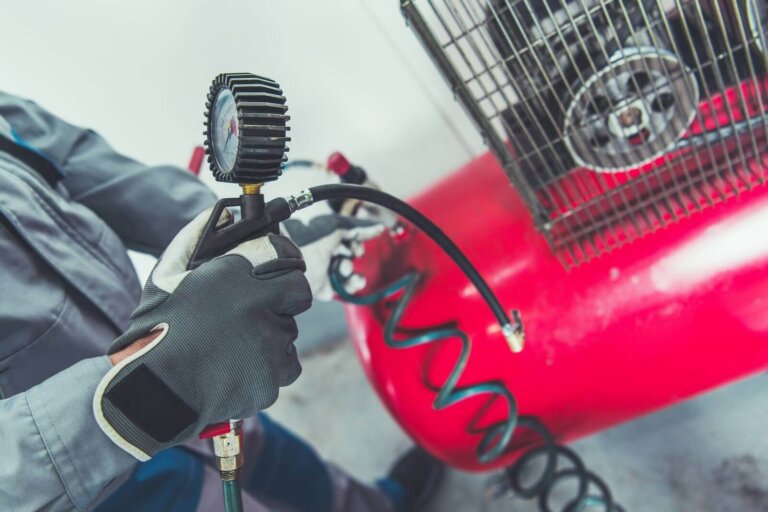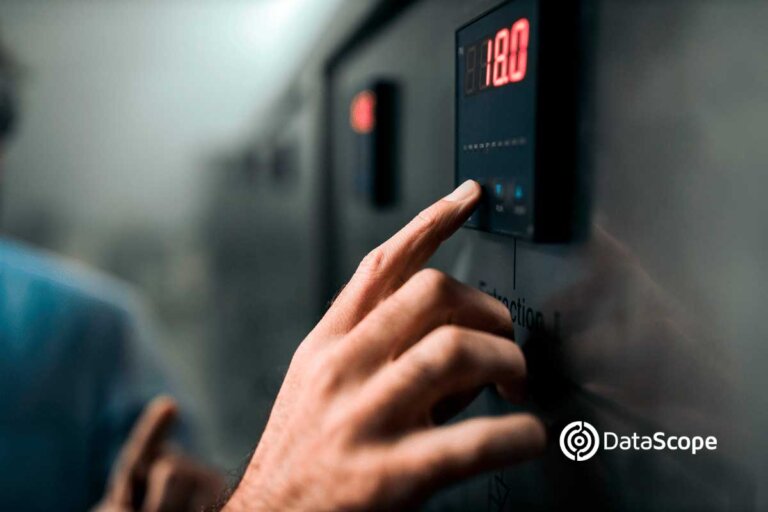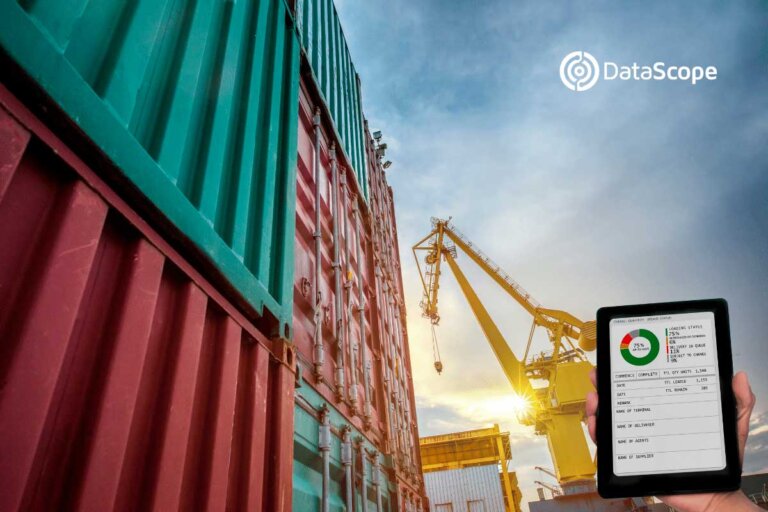Mining is a key activity. Economically, it stands as a fundamental pillar and has a direct and indirect impact on economic figures and development, so every detail associated with it must be carefully considered.
Mining is much more than the simple extraction of minerals. For that reason, there are many edges to talk about when mentioning the importance of mining. Historical aspects, exploitation methods, environmental impact, safety, extraction and production processes, and machinery are some of the points that we must consider when it comes to analyzing mining.
The importance of planning in mining maintenance
However, the concept of maintenance has seen a strong rise in the mining industry. As technology and productivity become more strongly related, it becomes essential to establish a planning that responds to the need to maintain in perfect condition a series of equipment related to the different activities that make up the production process of the different minerals that are obtained on the planet.
As an example, drilling equipment works in direct contact with minerals which cause great wear, for instance, in the rods and drills of the machinery, which is generally short-lived. And in mining, as well as in other industries, it was common to see equipment that had a shelf life of up to fifty years. Today, reality is different and production units can last a maximum of twenty years.
The importance of having a maintenance plan is directly related to higher productivity, which is linked to achieving the objectives set by the company’s management. And for this equation to deliver favorable results, reliability is a decisive factor because it provides the conditions to seek optimization of operations, bringing together human talent, optimization of processes and assets, and management strategies to achieve the proposed goals.
What characteristics must a mining maintenance plan have?
To perform a mining maintenance plan we need to:
- Consider the application of certain standards and follow the corresponding ISO standards regulations, in order to maintain the highest quality committed to the proper use of equipment. The idea is to always take into account the environmental care and safety of those who will be in charge of executing the tasks, in order to guarantee a risk-free process.
- The challenge is also related to establishing a planned, optimized and reliable maintenance plan, where the use of technological resources such as maintenance software is among the priorities, in order to use the most efficient tools that are available, ensuring that the task is carried out without errors of any kind.
- Establish a preventive maintenance guideline with a scope of at least 85%. The objective should be to extend the shelf life of the equipment and reduce possible emergency situations that interrupt the proper functioning of the equipment. Beyond prevention, predictive procedures can be incorporated.
- With a mining maintenance plan, the use of qualified and experienced assessment equipment or personnel can be foreseen. Also, equipment that shows failure or works with rocks or heavy sediments is prioritized, and verification of equipment undergoing maintenance is considered.
How to achieve an effective maintenance plan?
To achieve all of this, you need to plan. As we have seen before, in every company, regardless of the industry to which it is linked, it is necessary to consider inspection and repair days that allow to maintain the equipment associated with the activity of the company in the best conditions. And that is a task that corresponds to the area of maintenance management.
And to do an efficient job, there are some steps to follow:
1. Do equipment identification work
Which equipment should be prioritized? That is the first question that a manager of managing a mining maintenance plan should ask. Therefore, the first thing to do is carry out an evaluation of the equipment, to analyze its condition and determine an order of priority.
The first to consider are those who work directly with rocks or heavy material. Another point in order to make a list of priorities is to define those that are considered critical according to performance criteria, and only then go for the others.
2. Have a support network
Carrying out the maintenance work in mining requires a series of interlocking operations that offer the necessary support to carry out the task as determined beforehand.
It is important to always consider that mining maintenance is not carried out in isolation. The management in this area of the mining business needs the support of all the departments of the company working collaboratively, to provide support to the technical staff in the tasks that are required, in a planned and coordinated manner.
3. Define an efficient program
When determining what the maintenance plan will be, it is necessary to establish certain parameters that make it possible to define what, when and how will be done, and how the results will be measured.
That is why it is important to establish how maintenance work will be requested, assigned, monitored, measured and evaluated. The objective is to be sure that the plan is being carried out as stipulated at the beginning.
A recommendation that aims to achieve results with high levels of satisfaction and efficiency is to define maintenance KPIs. These serve as a guideline to comply with and direct actions towards a defined route, with clear procedures and results.
4. Use information efficiently
The data collection, storage, and processing involved in a mining maintenance plan are vital to the success of the job. Likewise, the management of this information must follow an exchange process where there is collaboration between the different actors involved. This is critical for each task in the plan to achieve optimal performance.
Furthermore, when communication is efficient and there is support for it through a shared network system, it becomes much simpler to control the performance of the maintenance program according to the parameters defined at the beginning. This also allows controlling aspects related to inventory and purchases of spare parts or other elements involved in this stage of the work.
5. Establish organization levels
Within the framework of a mining maintenance plan, it is possible that many professionals are involved in different stages of the process and in different hierarchical levels of decision-making and reporting of actions.
In this way, it is necessary to establish what will be the hierarchical relationship between the participants of the maintenance plan. It is convenient to clearly define who will be in charge, who will carry out each task, why and how each thing should be done, in order to control each step in the most transparent and efficient way possible.
6. Evaluate and perform measurements
After completing all the stages corresponding to the specific maintenance work, the manager must confirm that the work has been carried out according to all the specified specifications and standards.
The entire evaluation process must aim to confirm that the maintenance was carried out in an optimal way, following the required standards to guarantee what was established and what the industry in general determines for this type of work.
Like any process that is part of the management area of a company, mining maintenance planning requires the support of a series of data that must be digitized for better information management.
Faced with this situation, technological management solutions appear as determining factors when defining efficient tools for this type of work. Its versatility, ease of use and extensive customization potential are decisive factors when choosing a digital alternative that provides the conditions to achieve results with high levels of quality.






